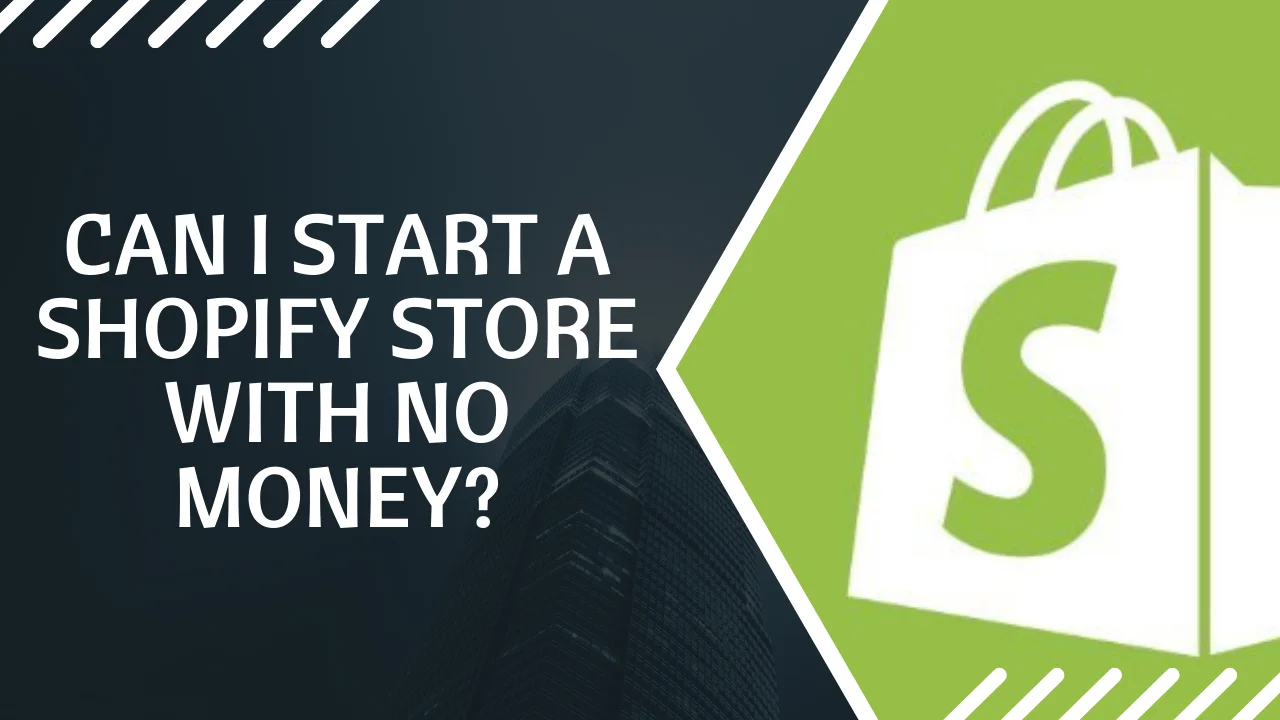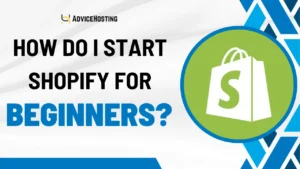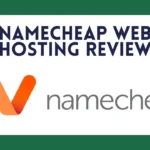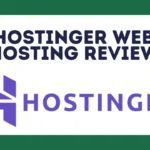
Learn how to start a Shopify store with no money. Get expert tips and strategies for launching your e-commerce business without any upfront investment. Starting an online store can be an exciting venture, especially with platforms like Shopify making it more accessible than ever before. However, the question remains: Can you start a Shopify store with no money? Let’s explore this topic in detail.
Understanding the Costs of Starting a Shopify Store
Before diving into the possibility of starting a Shopify store with zero investment, it’s essential to understand the typical costs involved. While Shopify itself offers a variety of pricing plans, ranging from basic to advanced features, there are additional expenses to consider:
- Domain Name: While Shopify provides a free myshopify.com domain, purchasing a custom domain is recommended for branding purposes.
- Themes and Apps: While there are free themes and apps available, premium options may offer more features and customization.
- Marketing and Advertising: Promoting your store through various channels such as social media, Google Ads, or influencer marketing often incurs costs.
- Product Inventory: If you plan to sell physical products, sourcing or manufacturing inventory comes with associated expenses.
- Transaction Fees: Shopify charges transaction fees for each sale, which vary depending on the pricing plan.
- Legal and Compliance: Depending on your location and the nature of your products, legal and compliance costs may apply.
Get your first three months for just $1 per month with Shopify, our top-rated ecommerce website builder. |
AdviceHosting users Get an exclusive 56% on 1st-year discount and a free Domain! |
Exploring Options for Starting a Shopify Store with No Money
While it may seem challenging to start a Shopify store without any initial investment, there are a few strategies to consider:
- Dropshipping: With dropshipping, you can sell products without holding inventory. When a customer makes a purchase, the supplier ships the product directly to them, eliminating the need for upfront inventory costs.
- Print-on-Demand: Similar to dropshipping, print-on-demand allows you to sell customized products without inventory. You partner with a supplier who prints and ships products as orders come in.
- Affiliate Marketing: Instead of selling products directly, you can earn commissions by promoting other companies’ products through affiliate marketing. This requires minimal upfront investment.
- Bootstrapping: While not entirely without costs, bootstrapping involves starting small and reinvesting profits back into the business as it grows. This approach requires careful budgeting and prioritizing essential expenses.
Get your first three months for just $1 per month with Shopify, our top-rated ecommerce website builder. |
Leveraging Free Resources and Tools
Regardless of your budget, there are several free resources and tools available to help you launch and grow your Shopify store:
- Free Shopify Resources: Shopify offers various free resources, including guides, webinars, and tutorials, to help you get started and optimize your store.
- Social Media Marketing: Leveraging social media platforms like Instagram, Facebook, and Pinterest can help you reach your target audience organically without spending money on advertising.
- Content Marketing: Creating valuable content through blogging, video content, or podcasts can attract organic traffic to your store without the need for paid advertising.
- SEO Optimization: Optimizing your store for search engines with relevant keywords, meta tags, and quality content can improve your visibility without spending on ads.
Get your first three months for just $1 per month with Shopify, our top-rated ecommerce website builder. |
Conclusion
While starting a Shopify store with absolutely no money may be challenging, it’s not entirely impossible. By exploring alternative business models, leveraging free resources and tools, and adopting a strategic approach, you can minimize initial costs and gradually scale your business. Whether it’s through dropshipping, affiliate marketing, or bootstrapping, the key is to focus on providing value to your audience while carefully managing your expenses. With determination and creativity, you can turn your Shopify store into a successful venture, even with limited initial capital.






